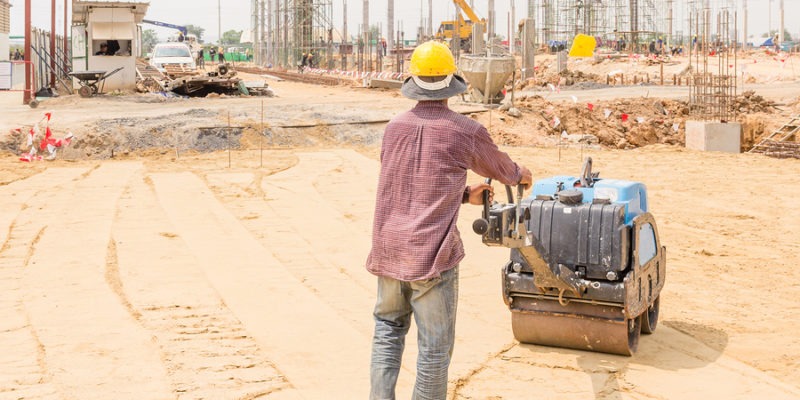Juliana Kaplan
May 10, 2022
- Unionized construction jobs tend to offer better pay, benefits, and training opportunities.
- A new report found nonunion firms have more trouble hiring, and are more likely to see project delays.
- While construction is more unionized than the national average, the majority is still nonunion.
Like businesses across the country, construction contractors say they’re dealing with a labor shortage.
Despite rising wages, the Associated Builders and Contractors said the industry still needs nearly 650,000 workers after3.2% of the workforce quit in March 2022, the second-highest rate since the Bureau of Labor Statistics began measuring it. Amidst a hot real estate market, employers struggle to hire enough workers to keep up.
“The construction worker shortage has reached crisis level,” Home Builder Institute president and CEO said in November 2021.
But the authors of a new report from the Illinois Economic Policy Institute (ILEPI) and Project for Middle Class Renewal (PMCR) at the University of Illinois at Urbana Champaign argue that the labor supply crunch is nothing new. There is, however, one factor that seems to make the difference in whether contractors can keep their workers and finish projects on time: If their workers are unionized.
“Union contractors are significantly less likely to have delays in completion times due to shortages of workers — and they’ve actually been more likely to add workers in this tight labor market,” Frank Manzo IV, the executive director of ILEPI and co-author of the report, told Insider.
Manzo, PMCR director Robert Bruno, and PMCR fellow Larissa Petrucci analyzed the results of the Associated General Contractors of America (AGC) surveys from 2018 to 2021. The annual survey polls about 2,000 firms on what’s happening in the world of construction labor; beginning in 2018, the survey broke out specific data from union and nonunion contractors.
The results: Nonunion contractors were 16% more likely to say they had difficulty filling open roles than union contractors. They were also 21% more likely to see their project completion delayed because of worker shortages, and 13% more likely to lose craft workers to other industries.
“Union contractors have been significantly less likely to be losing their workers to other industries. So the non-union side is losing their workers to other industries at much higher rates than the union side,” Manzo said. “That’s because the union segment of the industry offers competitive annual earnings, health insurance coverage, retirement benefits, all of which rival bachelor’s degrees.”




